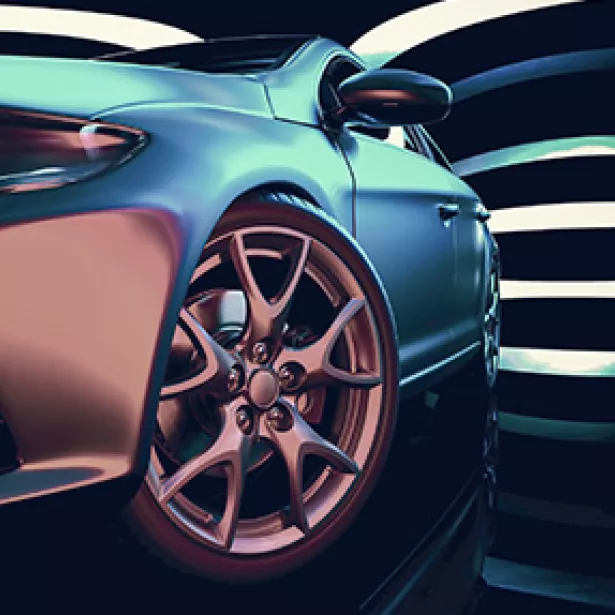October 11, 2024

How do current advanced driver assistance systems interpret stationary vehicles and objects on the side of the road?
Many new vehicles include advanced driver assistance systems (ADAS) that can sense impending collisions, in certain situations, and may either warn the driver or automatically apply the brakes. These features are typically designed to mitigate collisions when approaching a vehicle from the rear. However, their performance is less predictable when the lead vehicle is offset laterally from the equipped vehicle.
Exponent vehicle engineering and computer science experts used the Soft Car 360 harmonized Global Vehicle Target to test the performance of a 2023 model year forward collision mitigation system at our Phoenix Test & Engineering Center. Using the Soft Car allowed Exponent's engineers to run tests in a safe and repeatable manner and to test beyond the expected performance envelope of the system by reducing concerns associated with striking actual vehicles at speed. The results were published in SAE International.
The researchers found that ADAS features like forward collision warning (FCW) and automatic emergency braking (AEB) are less predictable the farther an object is offset from the centerline of the vehicle.

"Advanced Driver Assistance System (ADAS) Performance Variability with Partial Overlap Targets"
Read the full article
From the publication: "Based on vehicle owner's manuals which describe the performance limitations of forward collision mitigation systems (which rely on a similar sensing architecture to the tested vehicle), it is expected that these technologies perform best at detecting objects directly in or substantially within the forward path."
Insights





